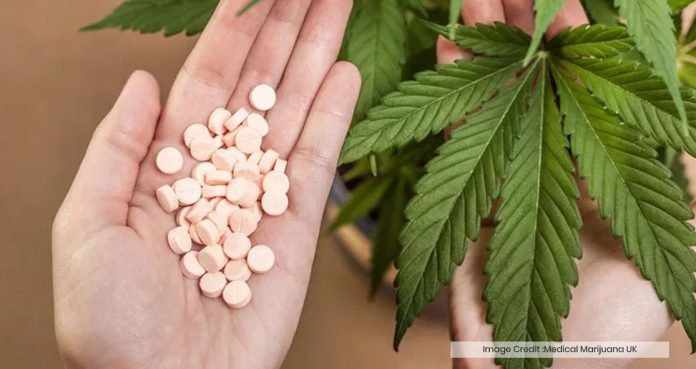Medical scientists have known about the pain-relieving properties of marijuana for decades; however, they have had to wait for a longer period to determine how cannabis alleviates pain and discomfort. Their research may help offer an effective solution to the ongoing opioid crisis in the United States.
There are several different medications prescribed to treat severe and chronic pain; however, doctors often recommend opioids. Opioids act on the nerve cell receptors, blocking pain signals that travel to the brain.
Although opioids are extremely effective, the downside is the risk of developing dependence, especially when you take them for a longer period.
According to the National Institute on Drug Abuse, over 130 Americans die due to an opioid overdose each day. The problem has become so grievous that authorities have declared it as a public health crisis.
Prof. Tariq Akhtar from the University of Guelph in Ontario, Canada, said, “There’s clearly a need to develop alternatives for relief of acute and chronic pain that go beyond opioids,” citing that cannabis could be the key.
In the 1980s, researchers found two cannabis molecules called cannflavin A and cannflavin B. “These molecules are nonpsychoactive, and they target the inflammation at the source, making them ideal painkillers,” explained Prof. Akhtar.
Many studies have found that flavonoids are at least 30 times better than aspirin when it comes to reducing inflammation.
However, researchers made very little progress in finding out how cannabis makes flavonoids due to regulatory laws.
Prof. Akhtar said, “Our objective was to better understand how these molecules are made, which is a relatively straightforward exercise these days.”
The professor continued, “There are many sequenced genomes that are publicly available, including the genome of Cannabis sativa, which can be mined for information. If you know what you’re looking for, one can bring genes to life, so to speak, and piece together how molecules like cannflavins A and B are assembled.”
Using certain biochemistry methods, the researchers were able to determine the plant genes required to produce those two molecules. They also found the precise steps that led to flavonoid production. The findings were published in Phytochemistry.
However, “The problem with these molecules is they are present in cannabis at such low levels, it’s not feasible to try to engineer the cannabis plant to create more of these substances,” said Prof. Steven Rothstein. He added, “Being able to offer a new pain relief option is exciting, and we are proud that our work has the potential to become a new tool in the pain relief arsenal.”





















